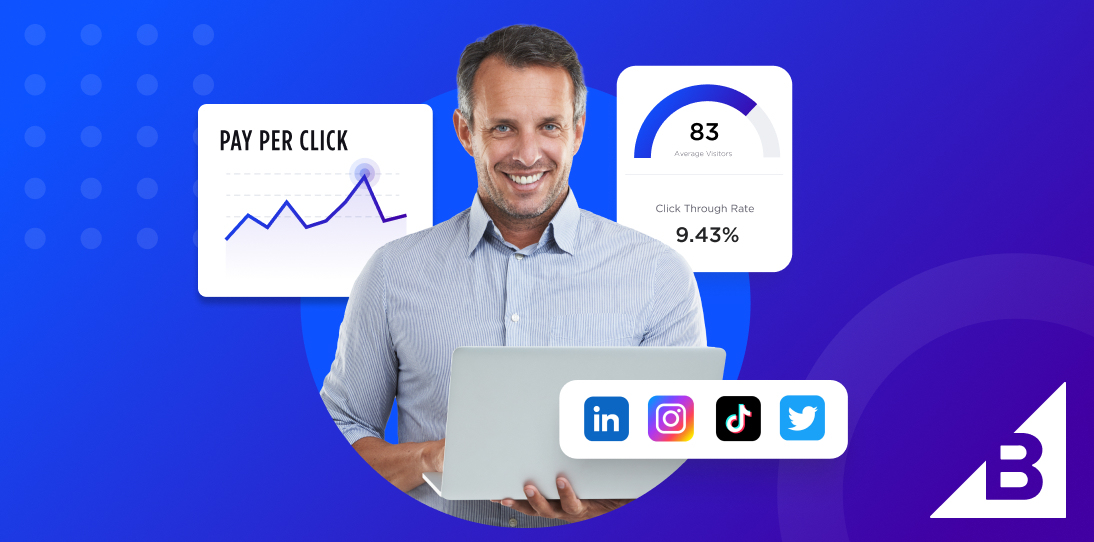Main Types of Payment Gateways
There are generally three types of payment gateways:
On-site payments.
Large-scale businesses tend to use on-site payments handled on their own servers where the checkout experience and payment processing all work through your system.
Now the advantages are flipped — you’ll have more control and responsibility.
If you handle payments on-site, every variable counts and any improvement to the shopping experience can create dramatic changes in your bottom line — especially true for any retailer with a high sales volume.
Checkout on site, payment off-site.
Through this method, the front-end checkout will occur on your site, but the payment processing happens through the gateway's back end.
Like redirected payment gateways, this method can simplify the payment processes while ensuring increased security on the back-end.
However, the downside is that you won't be able to control the user's entire experience through the payment gateways. If you decide to go this route, ensure that you are confident in the security of the payment gateway.
Redirects.
Redirects often include options for alternative payment methods, such as a company allowing the use of PayPal. When the gateway takes a customer to a PayPal payment page to handle the complete transaction, it becomes a Redirect.
A small business can use a Redirect gateway to incorporate the convenience and security of a larger platform. Redirects have the advantage of simplicity for the retailer, though they also mean less control for the merchant — and a second step for customers.




